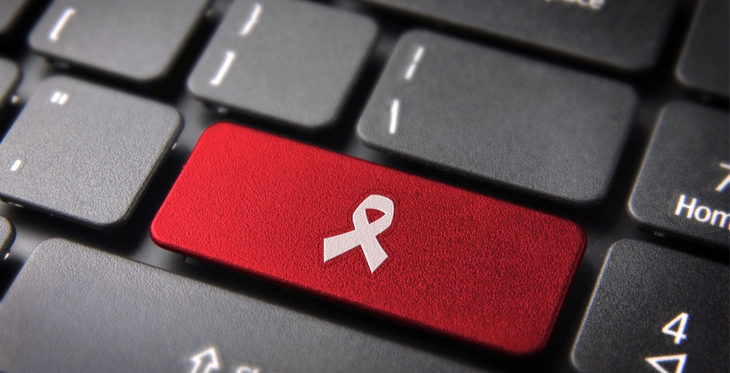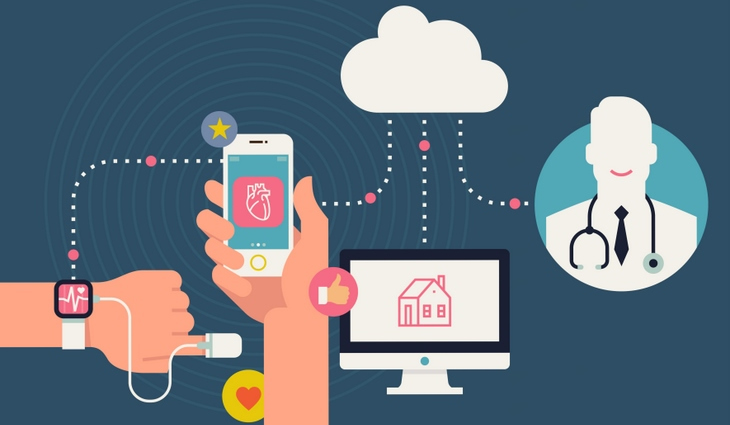We had the opportunity to speak with Dr. Amit Algotar, MD, PhD, MPH, FOMA, FACPM who leads a telehealth-based lifestyle weight loss clinic at Banner University Medical Center South. His innovative approach focuses on using lifestyle modifications as a primary treatment modality for managing and preventing chronic conditions like cardiovascular disease, diabetes, and even certain cancers. In this Q&A, Dr. Algotar shares the philosophy behind his work, the impact he’s seeing, and how telehealth is helping him reach more patients.
The Arizona Telemedicine Program Blog, Category: Providers
In a watershed moment for the expansion of telemedicine, the Interstate Medical Licensure Compact Commission is now processing applications to allow physicians to practice telemedicine across state lines with greater ease. Nineteen states have passed legislation to adopt the Interstate Medical Licensure Compact, which allows physicians to obtain a license to practice medicine in any Compact state through a simplified application process. Under the new system, participating state medical boards retain their licensing and disciplinary authority, but agree to share information essential to licensing, creating a streamlined process.
The European Psychiatric International Congress, held in Madrid last month, drew behavioral health professionals from around the world, including Herbert Schwager, PhD, a clinical psychologist from the town of Willow, Alaska.
Dr. Schwager was invited to the prestigious gathering to present his paper on “The 21st Century House Call.” The paper summarized his research comparing the efficacy and patient satisfaction of face-to-face psychotherapy sessions with tele-behavioral medicine sessions, with patient and therapist meeting via secure video conference sofrware.
Dr. Schwager’s study involved 400 patients. Two hundred were followed via tele-behavioral medicine, and the other 200 in face-to-face meetings. Patients were studied over a two-year period.
From connected refrigerators that display the latest family photos to connected buttons that instantly place an order for laundry detergent when you press them, the Internet of Things is vast and growing rapidly. Health care is not immune to this new connected fever. Health care leaders and innovators are quickly developing connected health things that offer powerful new ways to care for people.




